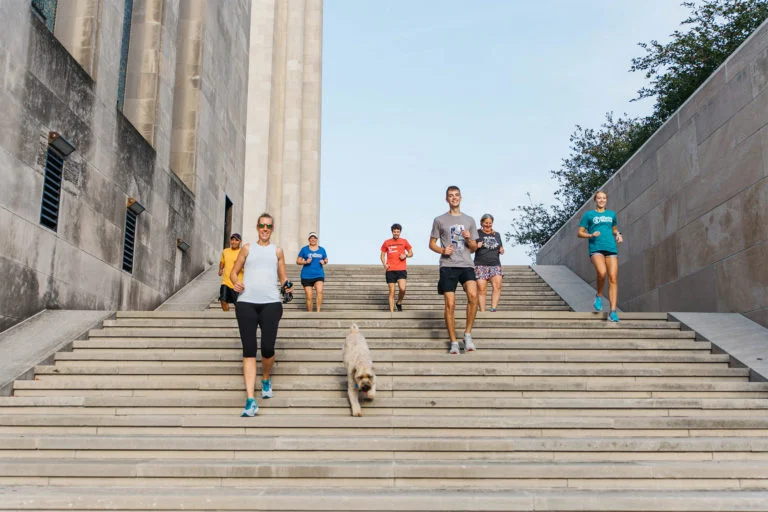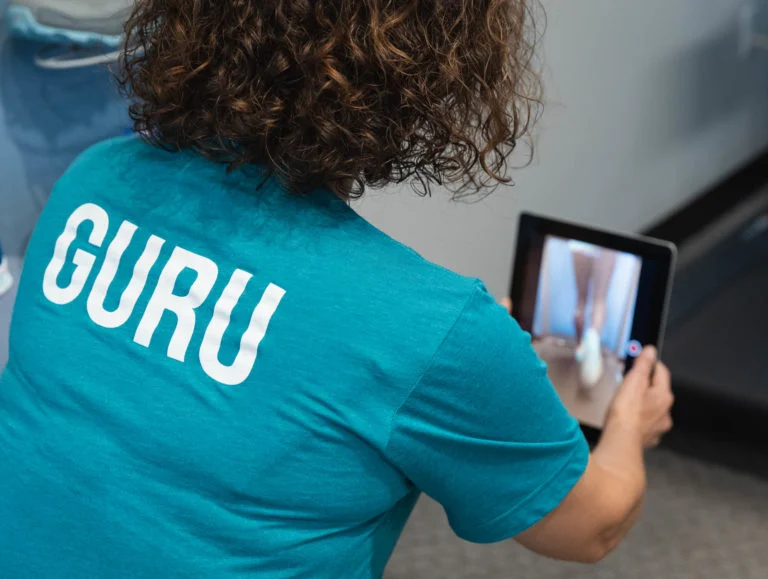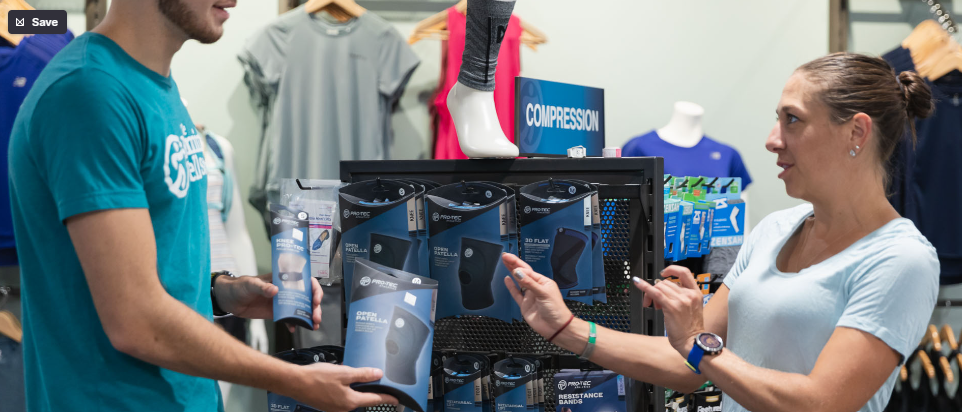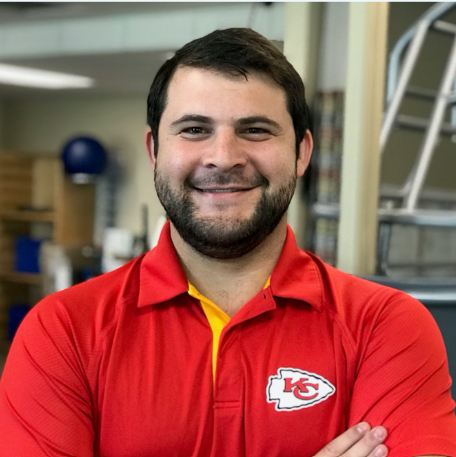The Right Shoes Can Protect The Integrity Of Your Knees
Are you experiencing lateral knee pain, especially in long-distance running?
Iliotibia Band Syndrome (IT Band Syndrome) is an overuse injury of the connective tissues that are located on the lateral (that’s fancy for outside) part of thigh and knee. It causes pain and tenderness in those areas, especially just above the knee joint. The Running Well Store prides itself on making sure you feel listened to and that you get the information you need. Our team goes above and beyond to help you find the best shoes (and other helpful products) for your knee pain.


About Knee Pain
When the IT Band becomes tight or inflamed, it creates friction as it rubs against the outer portion of your upper tibia, which causes pain on the outside of the knee. While IT Band Syndrome is often classified as an overuse injury, a variety of individual elements can irritate it, such as one leg being longer than the other, excessive pronation, muscle weakness in the glutes and hips, hamstring weakness, or weak hip muscles. Runners training for a marathon are especially susceptible to the injury due to the combination of high mileage, lack of strength training, unvaried pace and the need to stretch.

Tips for how to treat Knee Pain
Reduce Pain and Inflammation
When you start to feel the symptoms of IT Band Syndrome the first step you take should focus on reducing pain and inflammation and increasing mobilization of the IT Band. Rest and ice are your best strategies while reducing pain and inflammation.
Strengthen and Stretching
Both prevention and treatment of ITBS come from strengthening the hip and gluteal muscles. Why is this so effective? Well, to be frank, most of us have a weak butt (sorry to be the one to tell you). Sedentary jobs and lifestyles contribute to this weakness, but strength training is a simple way to overcome it.
Side Leg Raise
Lie on your right side with both legs straight. Slowly raise your left leg about 45 degrees, then lower. Repeat on both sides. To make this move more challenging, use an exercise band (we sell those!) around your ankles to increase resistance. Reps: 20–30 on each side
Clam Shell
Lie on your right side with your knees bent at a 90-degree angle to your torso. Keeping your feet together, use your glutes to slowly open and close your legs like a clamshell. Keep the motion controlled, and don’t allow your pelvis to rock throughout the movement. Use an exercise band just above your knees to increase resistance. Reps: 20–30 on each side
Hip Thrust
Lie on your back with your arms at your sides, knees bent and your feet on the floor. Pushing your heels into the ground, use your glutes to raise your pelvis up until your body forms a straight line from your knees to your shoulders. Lower slowly, then repeat. For a more advanced version, raise one leg into the air and perform the same exercise with each leg individually. Reps: 20–30 on each side
Massage
Get ready for some good old fashioned “Hurt So Good” through deep-tissue massage. This practice should take place every day and can be completed through the use of foam rollers, percussion therapy and other triggerpoint devices. Maintain fitness with cross training that does not aggravate the IT Band such as swimming or yoga. (If it hurts, try something else.) After the pain subsides, add stretching and strength training while continuing deep tissue massage.
Side Hip Bridge
Lie on your side with your feet elevated 1–2 feet off the ground on a stable surface. Lift your torso using your hip muscles while keeping your spine stable, then lower slowly. Reps: 10–30 on each side
Side Shuffle
Stand with your legs about hip-width apart with your Running Well Store exercise band around your ankles. Take 10 steps to the right, then 10 back to the left. This is one set. The exercise band should remain tight enough to provide resistance throughout the entire movement. Reps: 3–5 sets
Pistol Squat
Stand on your right leg with your left knee raised out in front of you. Slowly lower yourself, balancing on your right leg and allowing your left leg to straighten out in front of you. Try to lower yourself until your quad is just about parallel with the floor, then slowly come back up. Reps: 5–15 per leg
Hip Hike
Stand on your right foot. Start with your pelvis in a neutral position, and then drop the left side so it is several inches below the right side of your pelvic bone. Use your right hip muscle to lift your left side back to its neutral position. Reps: 10–30 on each side.
Knee Pain Advice from the Experts
There are a lot of factors that can cause knee pain. One common issue that we see, is that people are not doing enough maintenance. Quad stretching and quad rolling can correct a lot of muscular dysfunction and relieve pain. These techniques are usually uncomfortable at first when performed correctly, but as the dysfunction is corrected, they become more comfortable and your pain can decrease.
Dr. Laeth Hamil, Physical Therapist
Northland Rehab
http://www.nlrehab.com/

Not sure where to start?
The road to recovery is best run cautiously and patiently.
If you live in Kansas City, have knee pain or IT Band syndrome and are seeking premium products to help find relief from your pain, The Running Well Store can help. Schedule a fitting online or simply give your nearest location a call and we’ll provide personalized recommendations to get you back to your fitness goals.
Frequently Asked Questions
How did I get IT Band Syndrome or Runner's Knee?
IT Band Syndrome is an overuse injury. As runners, we are sometimes really bad at adding variety into our routines. Runners will even run the same route in the same direction! The best way to avoid injuries like Runner’s Knee is to add variety into your training. We highly recommend adding strength training (focus on the hips and glutes), yoga for stretching, and different terrains (hit the trails). Variety is the spice of life, and the way to keep injuries at bay.
How long does it take to recover from IT Band Syndrome?
Recovery can take from a few weeks to a couple of months to fully heal. It really depends on how well you take care of yourself as you recover. And, once you ease back into running, making sure you are still strength training, stretching and adding variety into your runs.
What are the best running shoes for Runner's Knee or IT Band Syndrome?
Runners who develop runner’s knee tend to have weaker glutes and hips leading to this injury. To help stabilize the runner, we recommend either a guidance shoe such as the Adrenaline or the Arahi or a Stability shoe such as the Kayano or the 860.
